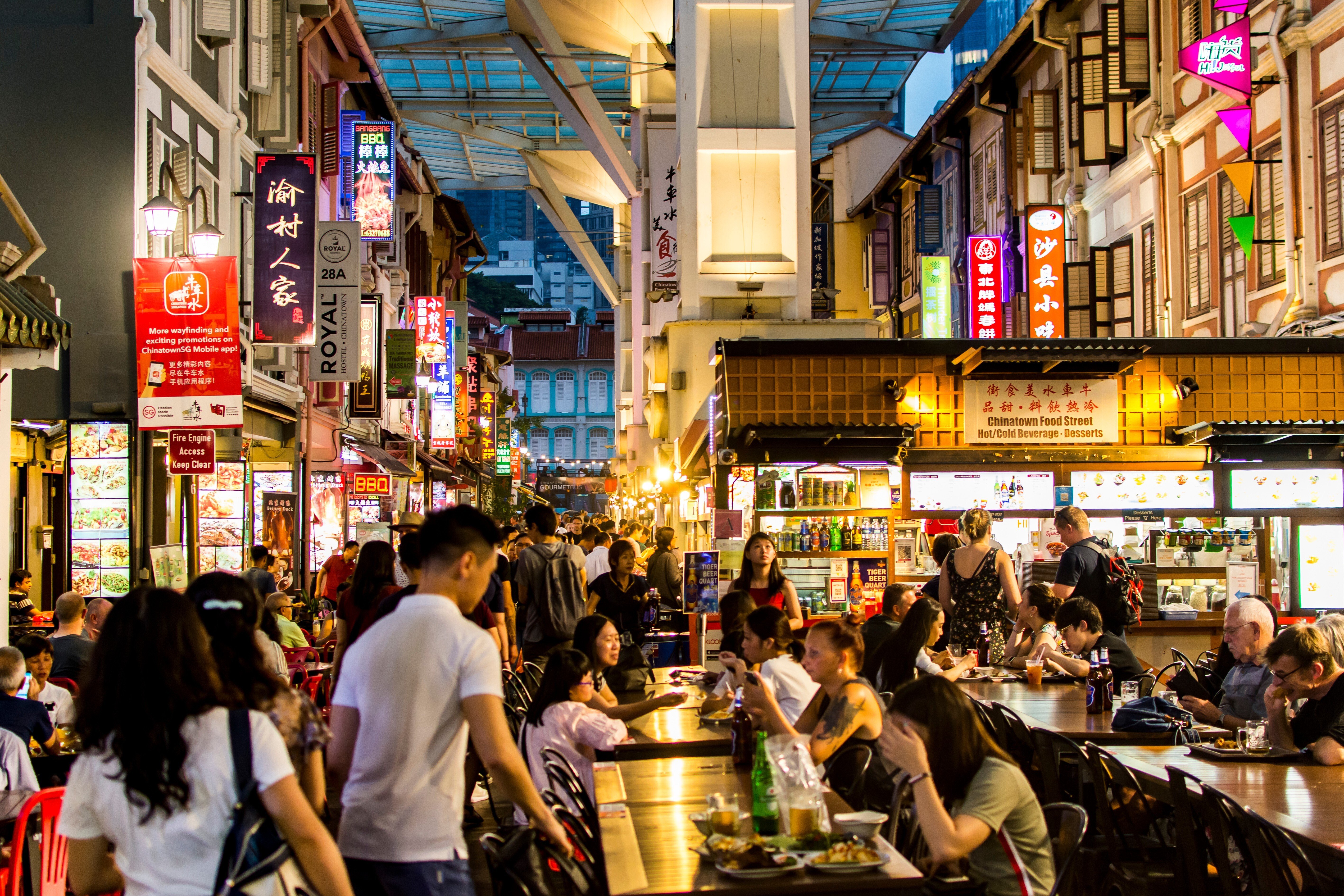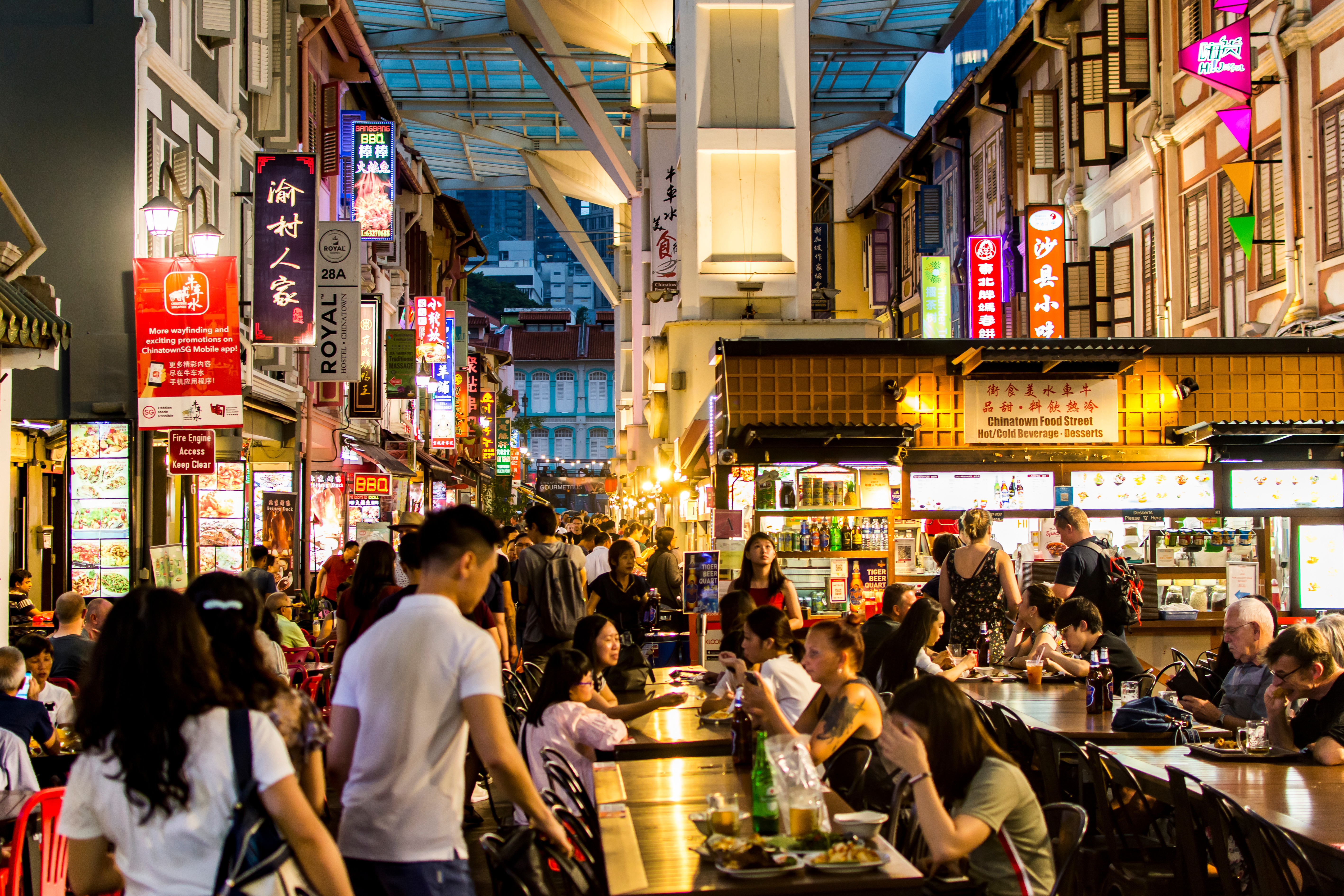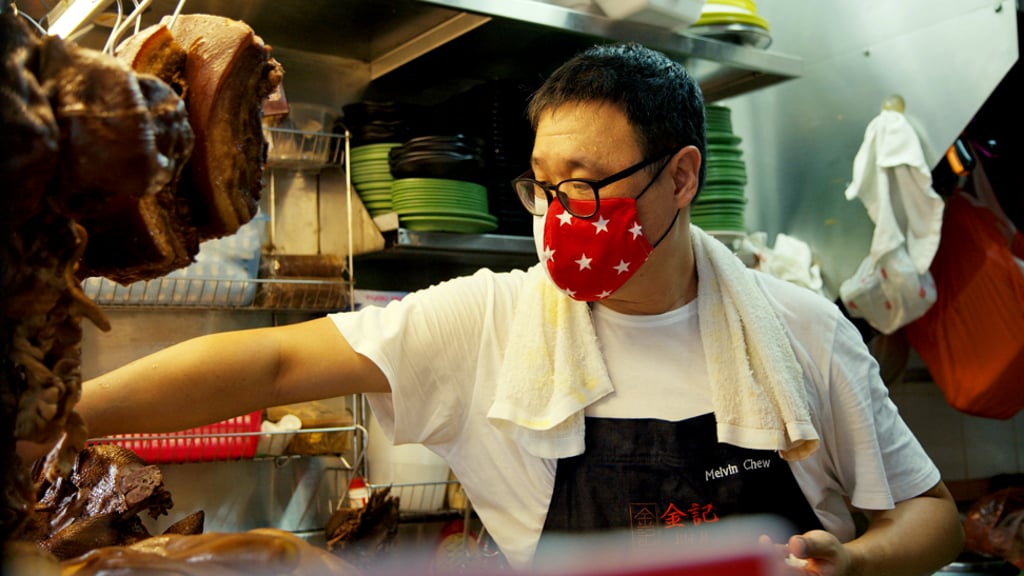

- City state has applied to have its beloved hawker scene, which dates back to mid-1800s, recognised on Unesco List of Intangible Cultural Heritage
- Thousands of owners of food stalls – popular with locals and tourists – form Facebook group to promote their businesses during Covid-19 outbreak
For more than three decades, hawker Melvin Chew has been selling traditional Teochew braised duck and kway chap – flat, broad rice noodles in a soup made with dark soy sauce served with a variety of pig innards – at Chinatown Complex Food Centre, located in Singapore’s city centre.
The 42-year-old Singaporean is one of thousands of hawkers who operate stalls in hawker centres around the city state, which are frequented by residents and tourists alike.
“In a hawker centre, you can see all sorts of food,” he says. “You can have Malay food, Indian food and Chinese food – a mass of varieties which you can hardly find in a restaurant.”

Hawker centres – arguably one of the most recognisable symbols of the Lion City’s culture and heritage – are a delight for dedicated foodies and have long served as a melting pot of cuisines for the city’s multiethnic society.
Official records show that there are currently more than 110 markets and hawker centres in Singapore, and authorities are planning to build 20 more.
